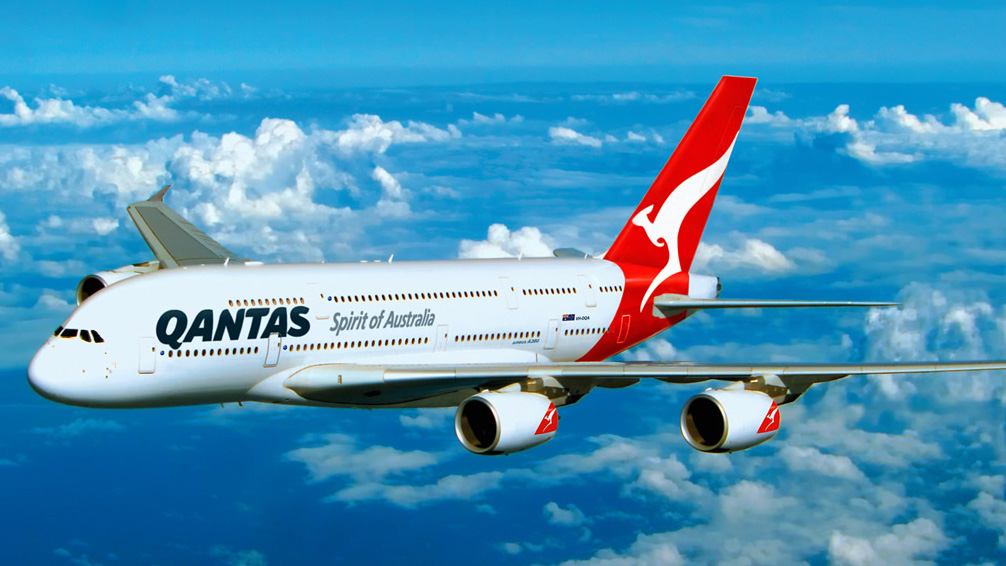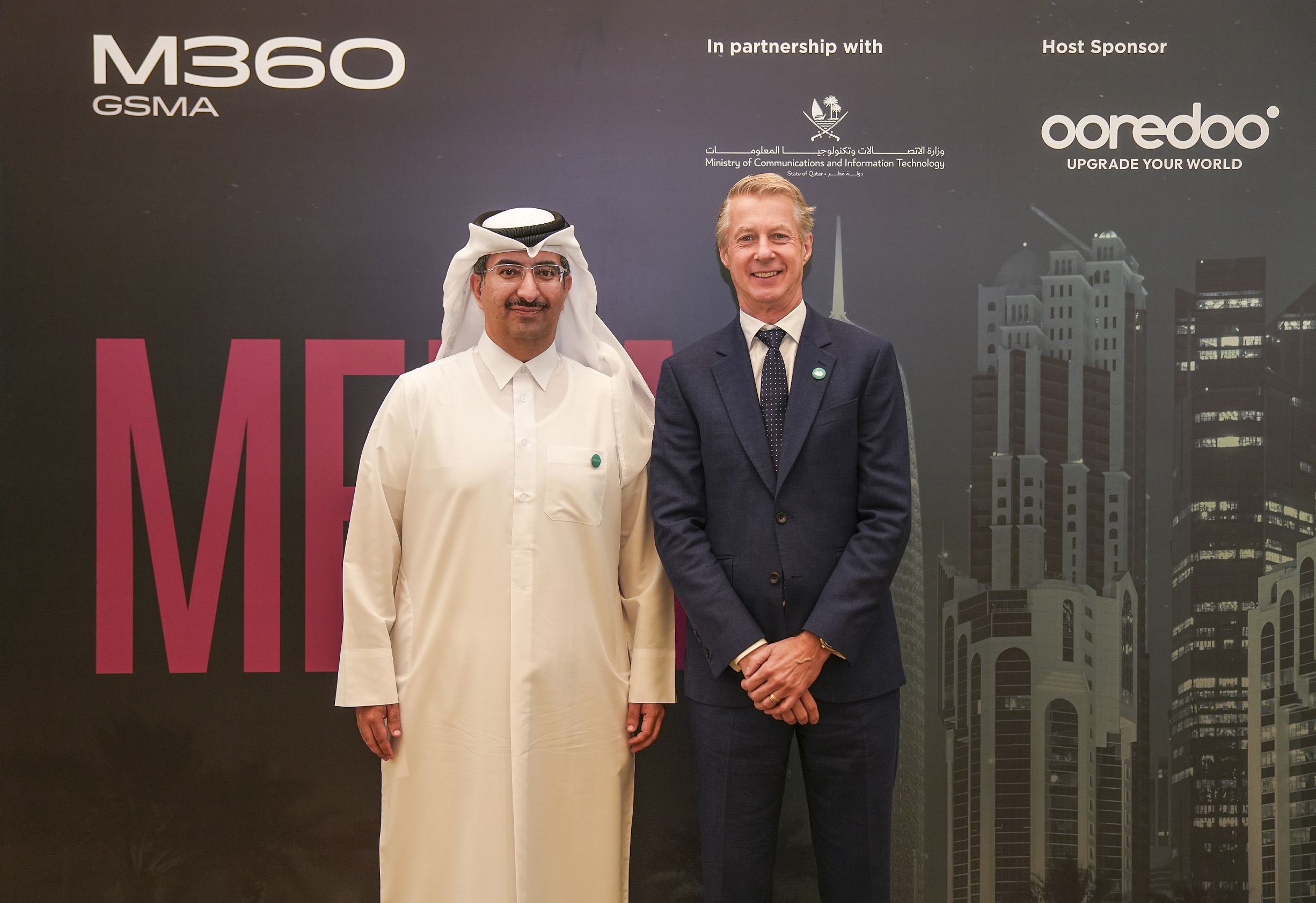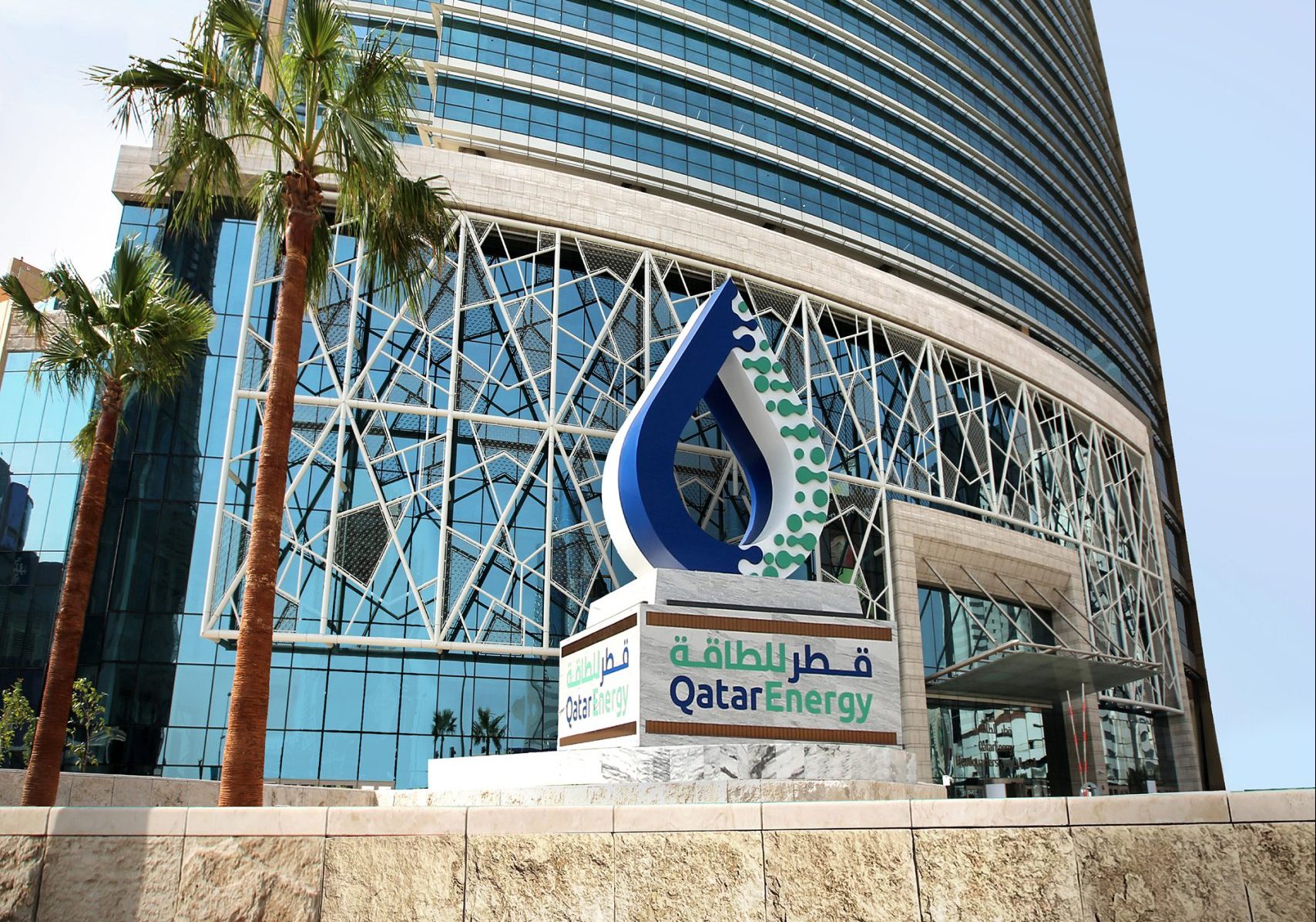
For the first time, Qatar’s national carrier has committed to a series of measures to try to reduce its environmental impact.
In its first Sustainability Report, Qatar Airways acknowledged that its rapid expansion could hurt the environment. But it added that it’s now working to become as fuel-efficient as possible.
To do this, the Qatar Airways Group – which includes subsidiaries like Hamad International Airport – came up with a plan to mitigate its impact on the environment.

These objectives include increasing recycling, pursuing low-carbon energy options, minimizing waste and reducing air pollution.
The report said that the company was now committed to communicating its progress against these objectives “accurately and transparently to those who have an interest in our ongoing success.”
Fuel savings
Qatar Airways group’s total CO2 emissions increased over the past year, “and will continue to rise,” the report said.
This is due to the airline’s continual expansion. As of March this year, it had a total of 180 aircraft, with orders in for 300 more.

Unsurprisingly, Qatar Airways’ fuel consumption makes up more than 97 percent of the group’s total CO2 footprint.
However, the report said that its aircraft had become 1.4 percent more carbon efficient in 2015-2016, compared to 2014-2015.
This was done by introducing several measures to reduce fuel usage, including:
- Fitting “sharklets” (the name Airbus gives to wing tips) onto some of its Airbus fleet. This apparently saved 4.6 tonnes of fuel / 14 tonnes CO2 during the first week after fitting;
- Carrying fewer magazines on board to reduce weight (saving 237 tonnes of fuel in a year);
- Keeping the old Doha airport (DIA) as a functioning runway so it could be used as an alternate airport, reducing the need to carry extra fuel in case of emergencies; and
- Making sure aircraft are only loaded with as much potable water as they actually needed (saving 733 tonnes a year.)

Additionally, the report states that research into a possible algae-based aviation biofuel that could be produced in Qatar is moving onto its second stage.
Qatar Airways is one of the partners in the project, which is being carried out in conjunction with Qatar University and the Qatar Science and Technology Park.
Airport energy savings
The report added that electricity usage at Hamad International Airport, which Qatar Airways Group operates, contributes to 2.4 percent of its annual CO2 emissions.
However, the airport apparently improved its average efficiency of CO2 per passenger by 4 percent last year. It also improved its per aircraft movement by 1.2 percent compared to 2014, the report said.

Recycling at the airport is also on the increase, with an average of 35 percent of non-hazardous waste being recycled there since November 2015, according to the report.
And in order to reduce the airport’s water usage, the group has its own waste water treatment plant.
Some 95 percent of sewage treated there is put back to use in irrigation systems across the airport site, the report said.
The airline has also introduced a system to try to recycle as much water as possible when it washes its aircraft.
Food waste, air pollution and animal welfare
The report also detailed changes the airline had made in a number of other areas that impact on the environment, both locally and globally.
These are:
- The airline’s decision to become a signatory to the United for Wildlife Transport Industry Declaration;
- The donation of unwanted airline food and unwanted IT equipment to Qatar charities; and
- The introduction of air quality and noise-level monitoring equipment around the airport site this year.
You can read the full report here.
Thoughts?







